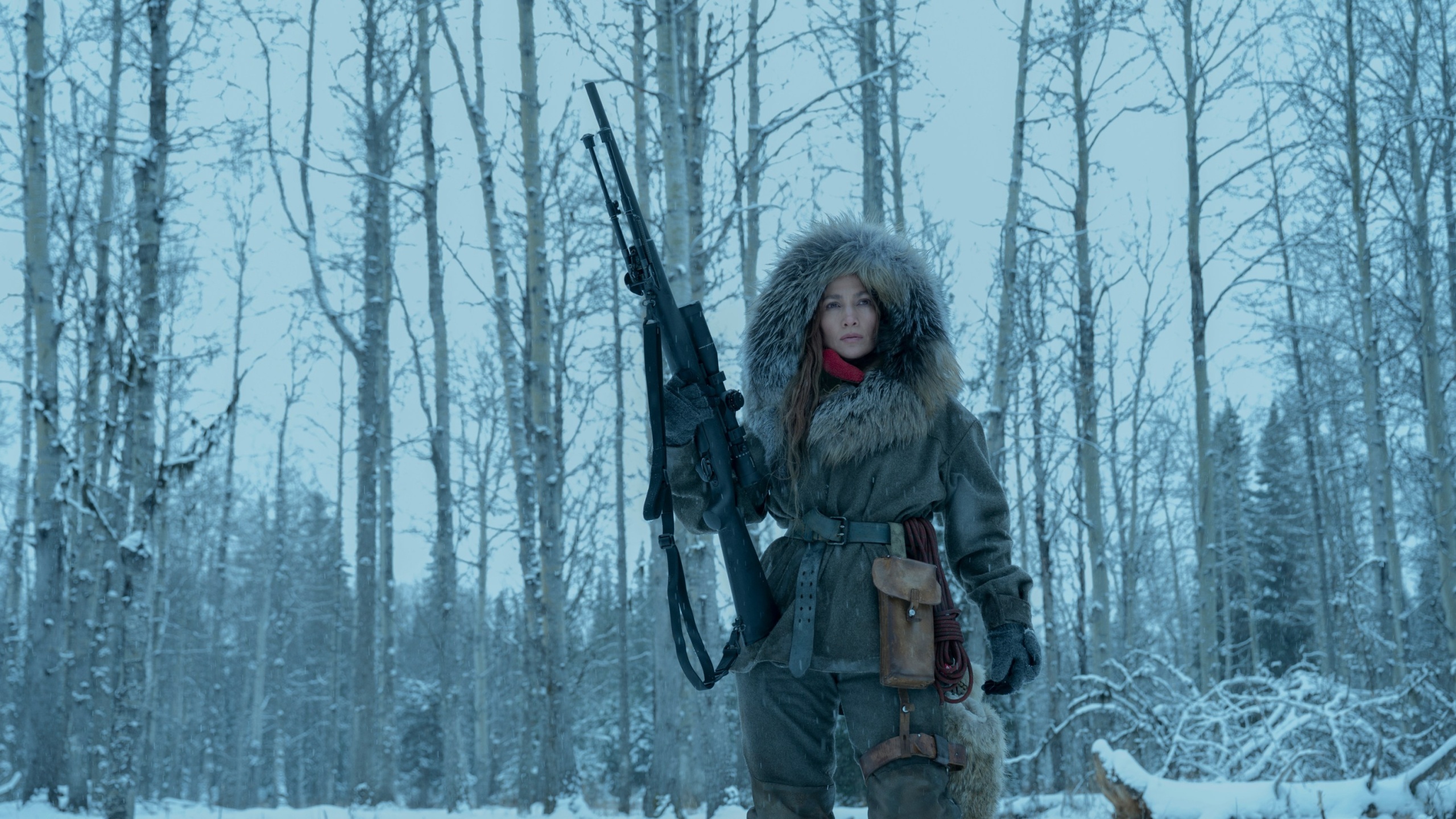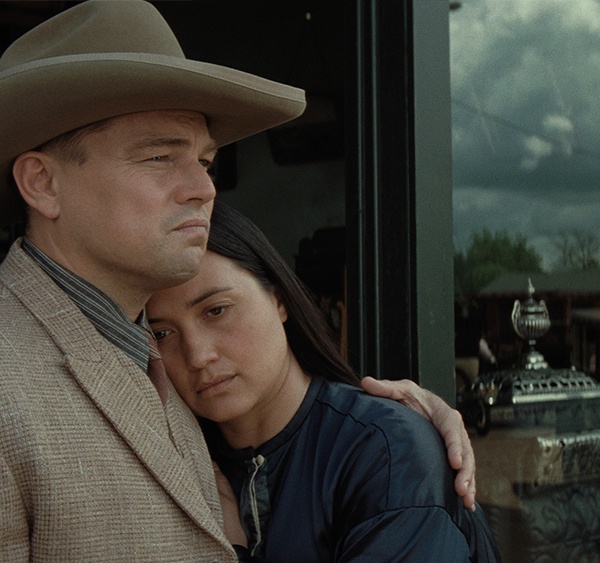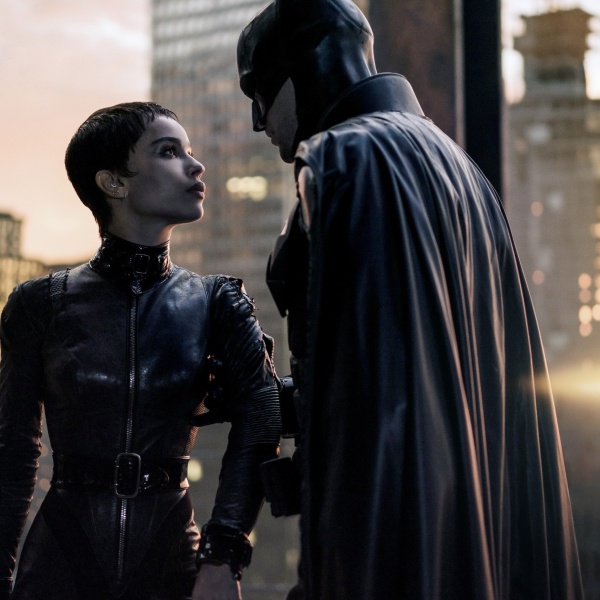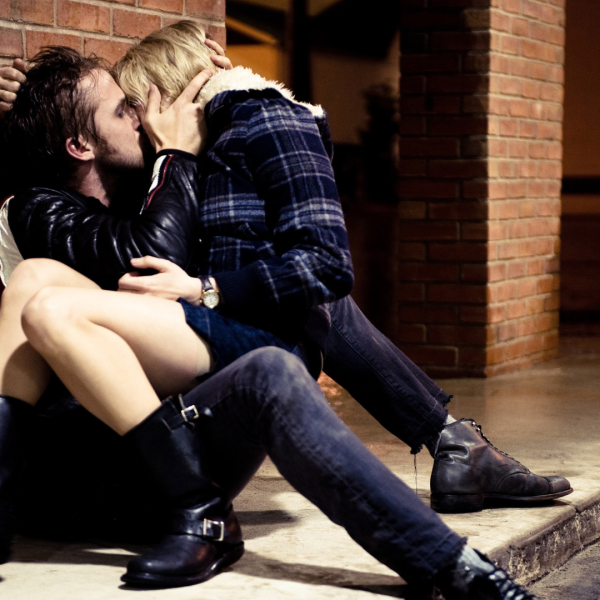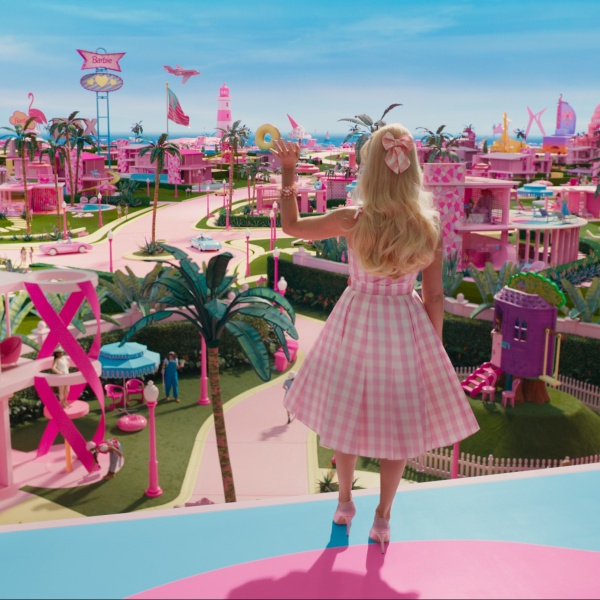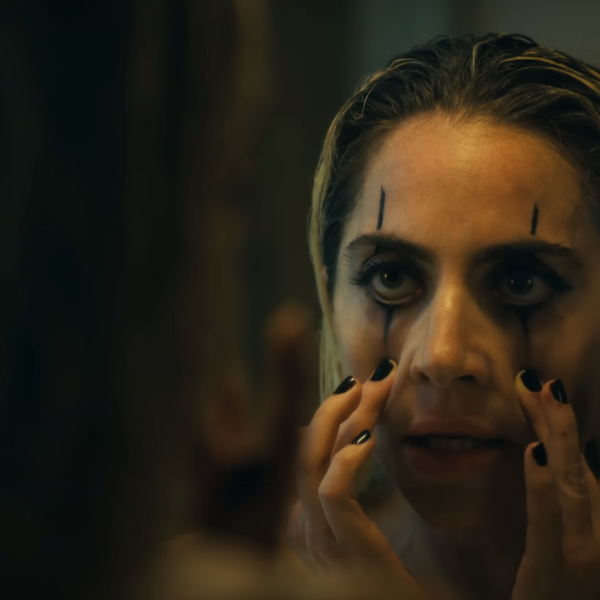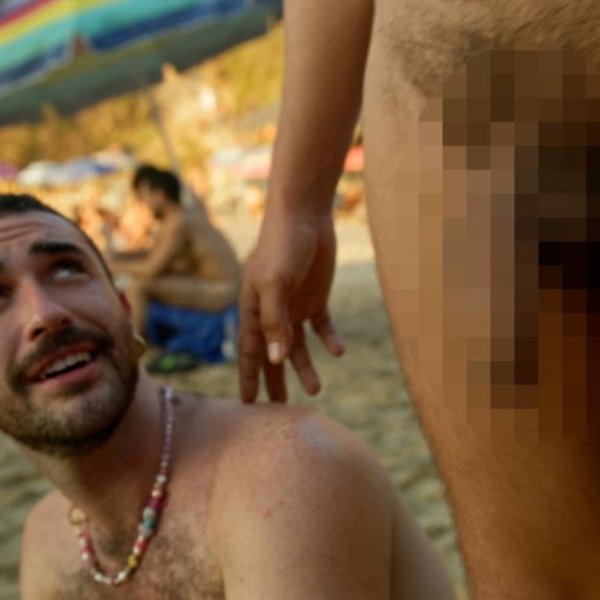In Netflix‘s new thriller “The Mother,” Jennifer Lopez plays a military-trained assassin with a complicated criminal past who comes out of hiding to rescue the daughter she gave up years earlier. The premise is essentially a pretext for a series of impeccably staged action sequences that director Niki Caro mounts with the same exceptional precision and professionalism that characterizes Lopez’s shooter; while you may have seen this kind of revenge plot before in the “Taken” and “John Wick” movies (and, going back even further, in myriad Charles Bronson and Steven Seagal films from the ’80s and ’90s), you’ve never seen the gunplay and stunt driving filtered through Caro’s sensibility, and that makes all the difference.
Caro cut her teeth on fight scenes with the elegant martial arts choreography of Disney’s “Mulan,” a film that she credits with giving her the confidence to handle large-scale action. For “The Mother,” however, she wanted something different. “With this one, I just felt like it was gloves off,” she told IndieWire. “I wanted every sequence to feel fresh and different from the next one, and to have an urgency that comes with being by her side the whole time.” For Caro, this meant finding the connection between the emotions Lopez’s heroine was experiencing and the external carnage. “It wasn’t just a case of doing cool shit, though cool shit is fun and I enjoy it as an audience member. The storytelling has to have the same emotional logic you would find in any dramatic scene — you can still apply those same rules to action.”

The character-driven action in Andrea Berloff, Peter Craig, and Misha Green’s script starts at a high pitch and keeps raising the stakes for a solid two hours without letting up. Caro had a number of guiding principles for keeping “The Mother” audience connected to Lopez, most of which had to do with presenting the action in as realistic and immediate a manner as possible. “First of all, the action is predominantly in camera,” she said, “and generally the movie is shot on location.” The locations — particularly the film’s riveting climax in the snowy wilderness of Smithers, British Columbia — give “The Mother” not only a dynamic visual context for the action but generated brutal shooting conditions that informed Lopez’s steely performance. The locations also provided inspiration for Caro’s staging, as the chase sequences grew organically out of location scouts in spots like the Spanish island of Gran Canaria, which doubled for Cuba.
Moving from location to location, Caro was insistent on evolving the visual language of the film to tell the story. “There were so many action sequences, and I wanted them to keep unfolding in different places without ever repeating the same ideas,” she said. “Everything [The Mother] did was driven by the emotional logic of protecting her child, and her keen, precise intelligence.” One key way that Caro puts the audience in Lopez’s shoes is by acclimating the viewer to the geography of each location; just as The Mother surveys each area before she positions herself to take on her adversaries, Caro lays out the spatial relationships so that the audience is never confused, no matter how fast and chaotic the gunplay becomes.
“I spend a lot of time strategizing on that, doing some of the storyboards myself but also working with amazing stunt coordinators and second unit directors.” By letting The Mother’s point of view dictate the shot selection and how the action is presented, Caro was able to create a visceral experience for the audience and an economical one for herself. “We were on a tight schedule, so we had to be disciplined to get the story told,” she said. “They’re all used. It was pretty tightly choreographed. With the final sequence, there weren’t many shots that aren’t in the sequence.”
